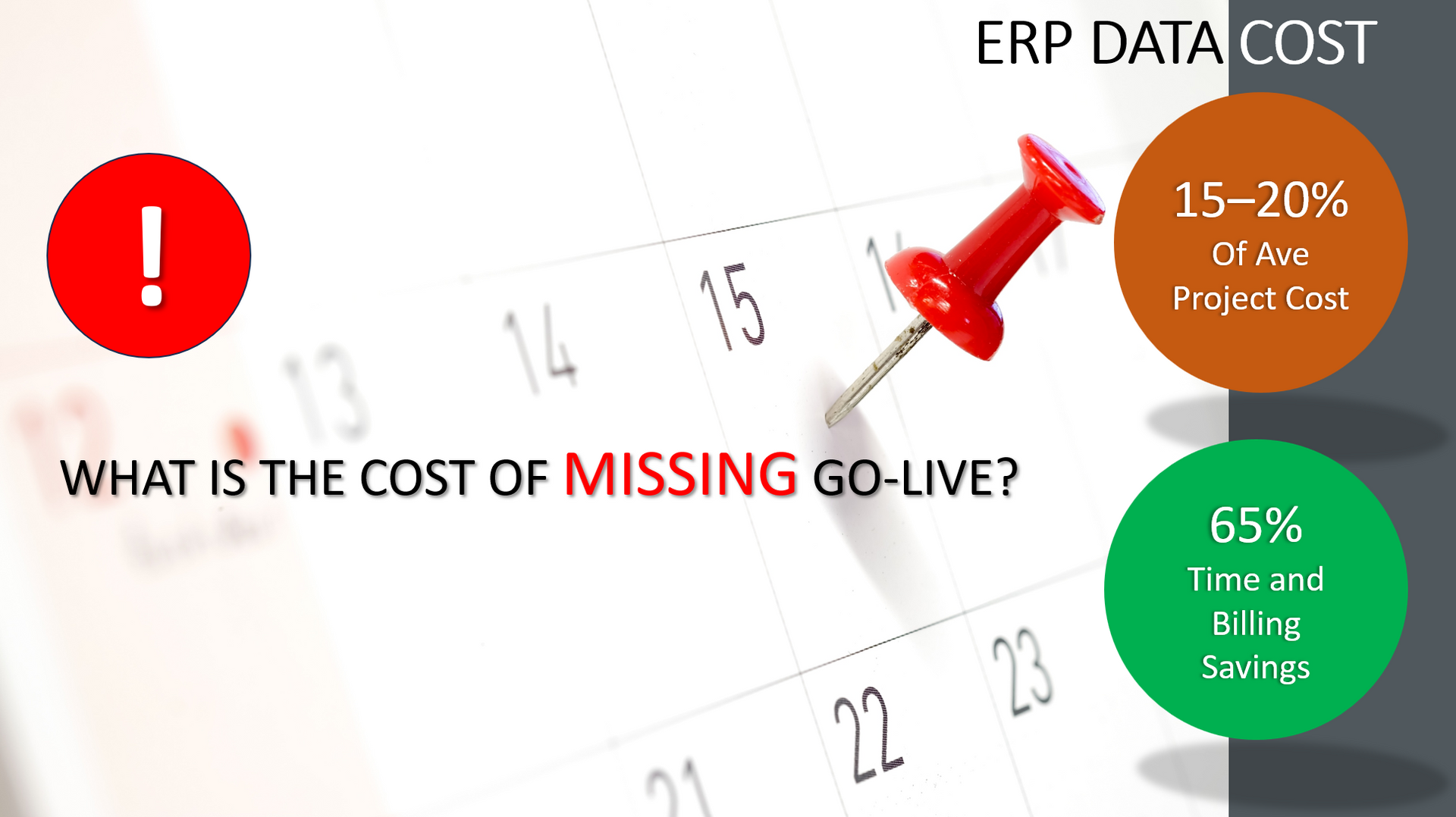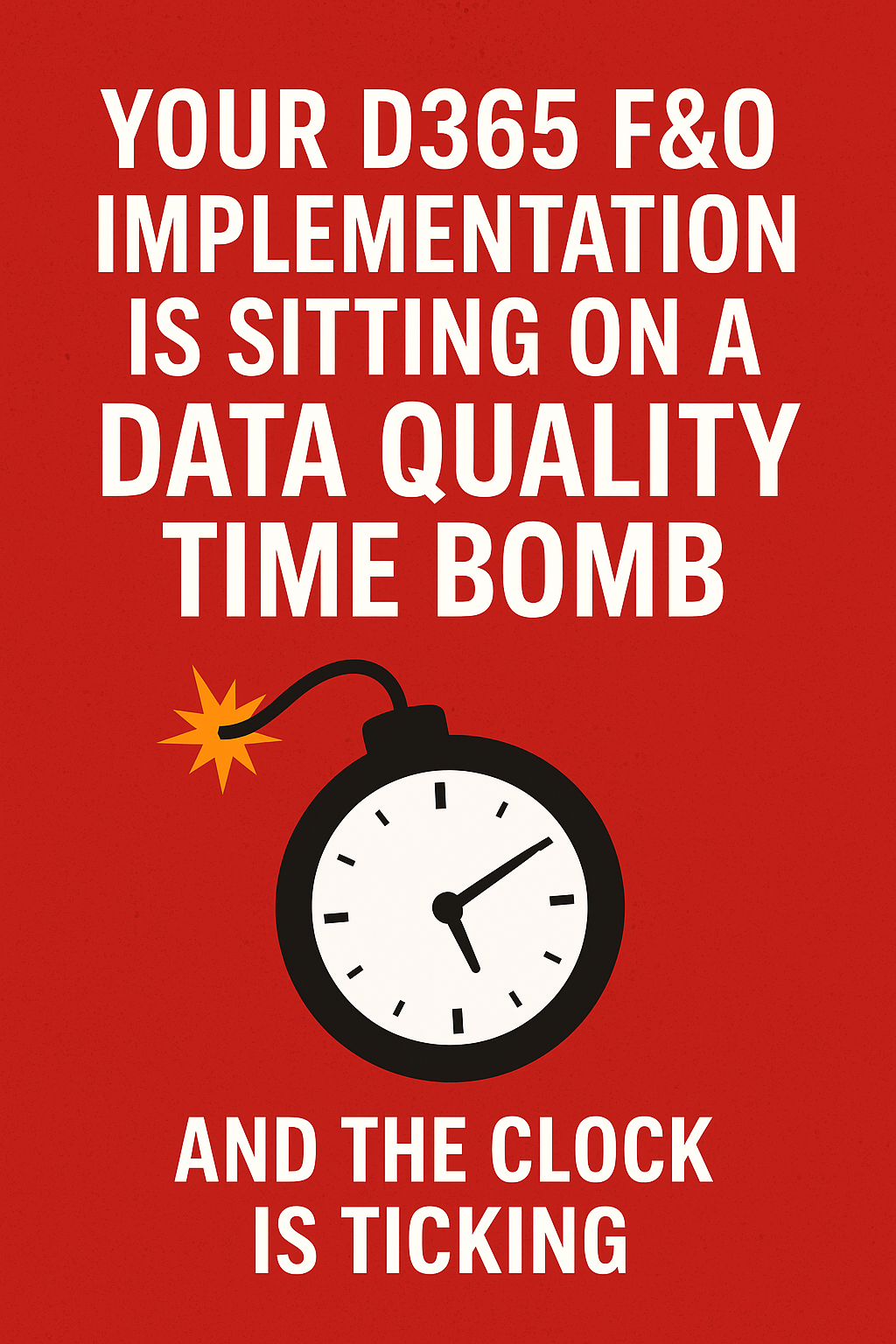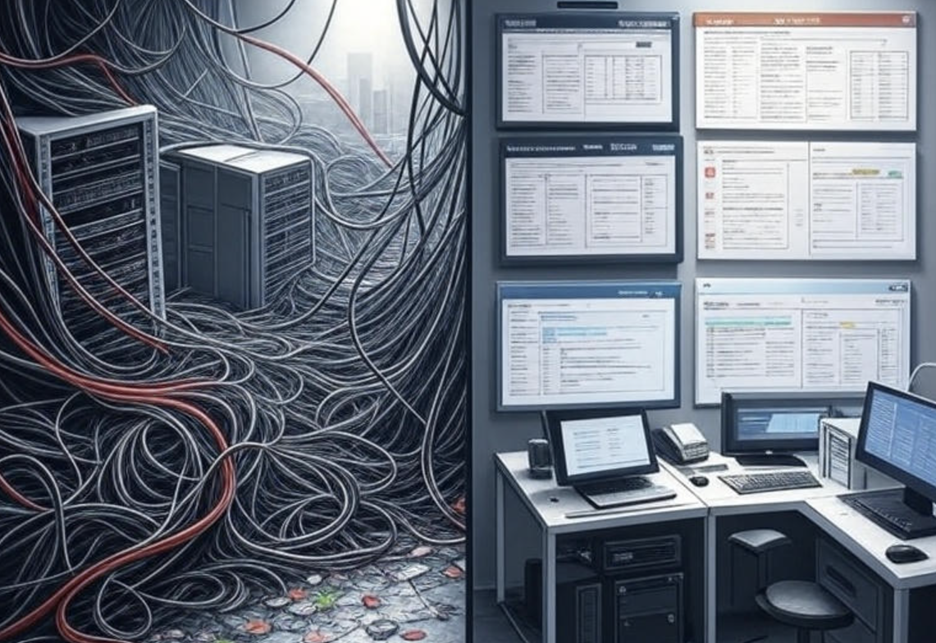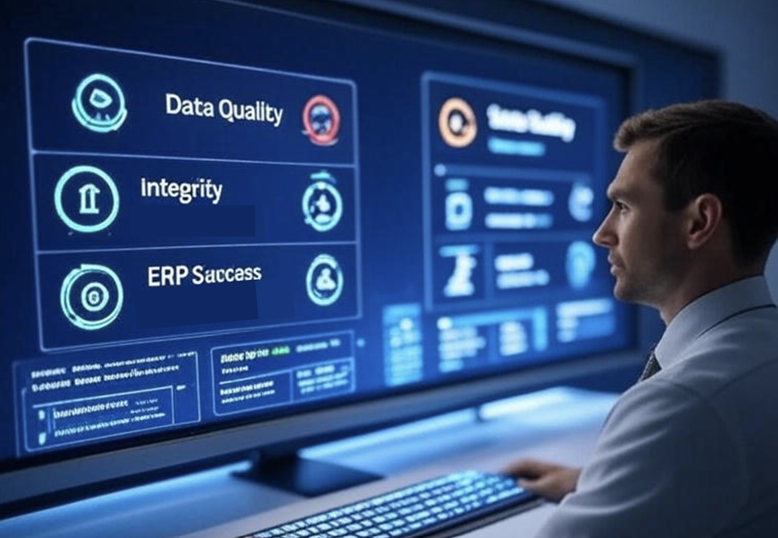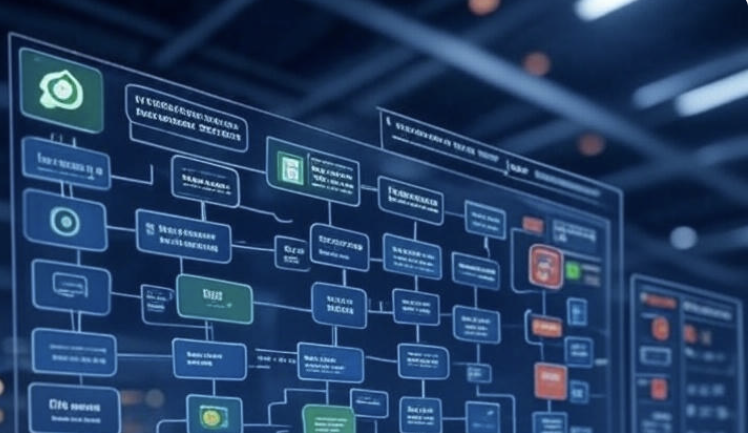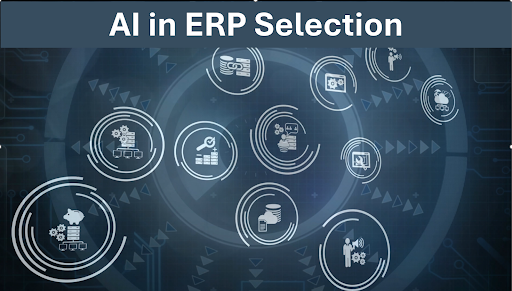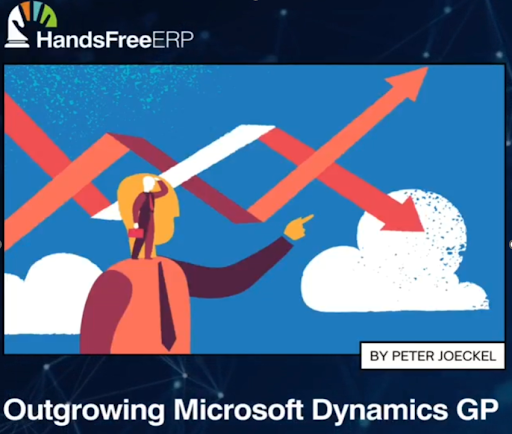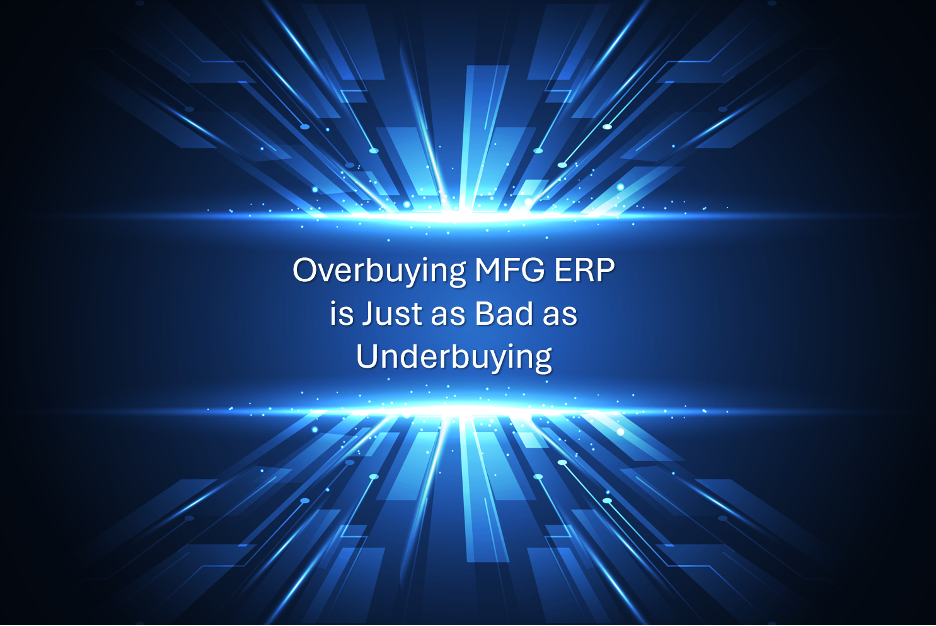Avoid 3 ERP Data Prep Mistakes That Cost Millions
Three Costly ERP Data Prep Mistakes and How to Avoid Them

Back in my Finland days, I was the IT wizard at a pay-TV company, keeping our customer and billing data cleaner than a Nordic sauna. Nightly queries? My pride and joy. Errors? Banished before breakfast. Our data was so pristine, it practically sparkled, saving us from the boneheaded decisions other subsidiaries made. So why do companies still treat data prep like a bad Tinder date, ignored until it’s a multimillion-dollar disaster?
Enterprise Resource Planning (ERP) implementations are high-stakes projects with budgets often reaching millions. Yet, one critical area, data preparation, frequently derails these initiatives, leading to delays, cost overruns, and even outright failure.
Here, we uncover three common ERP data prep mistakes that can cost organizations millions and share how a structured Data Migration Assessment can prevent these pitfalls.
Mistake 1: Underestimating Manual Data Prep Costs
Manual data preparation, including cleansing, mapping, and reconciliation, can consume 15–30% of an ERP project’s budget. This labor-intensive process often leads to surprise expenses, with costs spiraling from rushed remediation or poor-quality data requiring rework. For large enterprises, these expenses can range from $500K to $5M, funds that could be better allocated elsewhere.
The Fix: A Data Migration Assessment identifies automation opportunities early, slashing manual effort. By conducting stakeholder workshops and creating a detailed data inventory, the assessment pinpoints inefficiencies and recommends tools for streamlined cleansing and mapping. This approach can reduce total ERP budgets by 10–20%, saving millions while ensuring data quality.
Mistake 2: Ignoring Data Issues Until It’s Too Late
Data quality issues are a leading cause of ERP project delays, with 70% of failed implementations citing poor data as a root cause. Unaddressed issues like incomplete records, duplicates, or inconsistent formats can push go-live dates back by 2–6 months, eroding momentum, investor confidence, and market opportunities.
The Fix: A proactive assessment evaluates legacy data for completeness, accuracy, and consistency across critical domains like Customers, Vendors, and General Ledger. By delivering a Data Quality Assessment Report and a source-to-target mapping framework, the assessment catches issues early, cutting rework cycles and keeping your ERP rollout on schedule.
Mistake 3: Neglecting Data Governance for Day 1 Readiness
Boards, investors, and regulators expect accurate financials and operational insights from the moment an ERP system goes live. Yet, without clean, well-governed data, organizations risk unreliable reporting and weak controls, undermining trust and compliance.
The Fix: A comprehensive Data Migration Assessment ensures go-live readiness by providing actionable cleansing recommendations and a governance framework. The final report, delivered within 2–4 weeks, equips teams with a clear plan to ensure clean financials, customer records, and operational data from Day 1, safeguarding stakeholder confidence.
Why a Data Migration Assessment Is Your Safety Net
Our Data Migration Assessment, outlined in the Statement of Work, is a low-cost insurance policy for your multimillion-dollar ERP investment. Priced at $7,500–$18,000, it delivers critical outputs: a Data Inventory Spreadsheet, Data Quality Assessment Report, Source-to-Target Mapping Template, and Cleansing Recommendations. These tools empower smarter vendor negotiations, better consulting spend decisions, and a de-risked implementation.
Don’t let data prep mistakes derail your ERP project. By investing in a structured assessment, you can avoid millions in preventable costs, stay on track for go-live, and ensure reliable reporting from the start.
Ready to safeguard your ERP success? Let’s talk about getting started.
HandsFree ERP is dedicated to supporting clients with their ERP initiatives, enabling companies to seamlessly connect users with their ERP partners. By utilizing skilled professionals, streamlined processes, and cutting-edge tools, HandsFree ERP significantly boosts the success rates of ERP projects.



